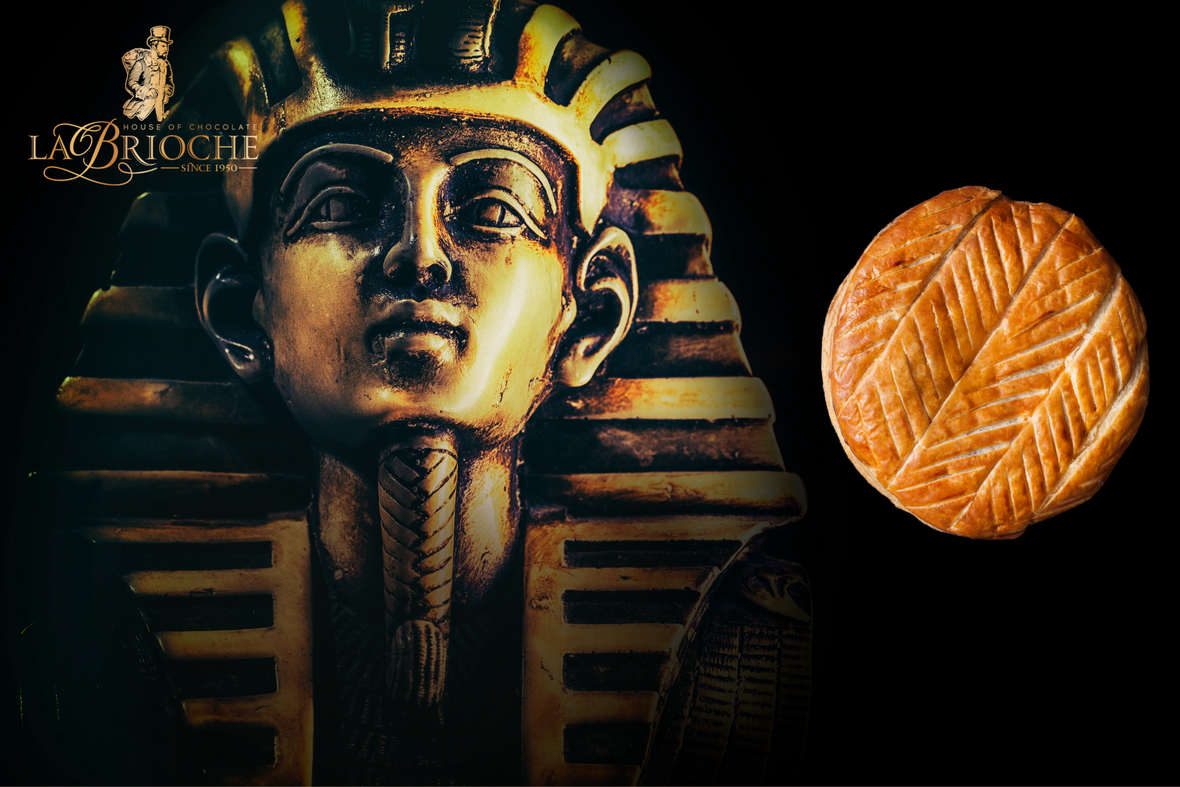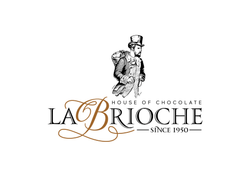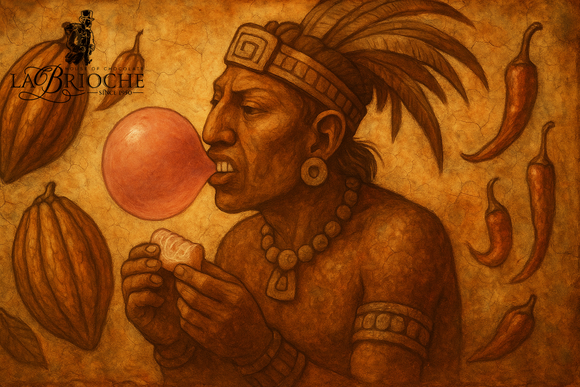
Cake History and Evolution
Omar Adnan Jabri
Cake History and Evolution: A Sweet Journey Through Time
Cakes, the delightful and often centerpiece desserts of celebrations, have a rich and intricate history that spans back thousands of years. Their evolution from simple sweetened bread to the intricate, multi-layered masterpieces we know today is a testament to human creativity and the art of baking.
Ancient Beginnings
The origins of cake can be traced back to ancient civilizations where early forms of sweetened bread were enjoyed. In ancient Egypt, a concoction of honey, nuts, and fruits was often shaped into a round cake-like form. Meanwhile, ancient Greeks had a "plakous," a flat, dense cake made from a mixture of flour, cheese, honey, and olive oil.
A Culinary Journey Through Time
Roman Influence
The Romans significantly influenced the early evolution of cakes by refining recipes and introducing new ingredients. They incorporated butter, eggs, and a variety of flavors, creating a more cake-like texture. This refinement marked the transition from simple sweetened bread to what we now recognize as cake.
Medieval Transformation
Throughout the medieval period, cakes evolved into more recognizable forms, becoming a luxurious treat enjoyed mainly by the wealthy. The availability of finer ingredients like sugar and improved milling techniques for flour further enhanced the quality and taste of cakes.
Renaissance and the 17th Century
The Renaissance era saw an upswing in cake artistry. Almonds, citrus, and various spices were introduced, expanding the flavor profiles of cakes. Elaborate designs and decorations became a symbol of status and celebration, setting the stage for the evolution of cake aesthetics.
18th Century and Industrial Revolution
The 18th century was a turning point for cakes, thanks to the advent of baking powder. This revolutionary ingredient led to lighter, fluffier cakes, making baking more accessible to a broader audience. Cakes became an integral part of celebrations, reflecting changing societal norms and tastes.
Modern Innovations
19th Century - Mass Production and Convenience
The industrialization of the 19th century brought about mass production and standardized recipes, simplifying the cake-making process. Baking mixes and pre-made frostings emerged, catering to the needs of busy households.
20th Century - Artistic Expression
In the 20th century, cakes became a canvas for artistic expression. Creative designs and elaborate decorations took center stage, fueled by cultural movements and technological advancements. Novelty cakes became popular, showcasing intricate themes and personalized touches.
21st Century - Diverse and Health-Conscious
In recent years, the cake landscape has diversified to accommodate various dietary preferences. Gluten-free, vegan, and low-sugar cakes have gained popularity, aligning with a growing awareness of dietary concerns. Additionally, sustainability and ethical sourcing of ingredients have become essential considerations in modern cake baking.
Current Trends and Future Prospects
The 21st century continues to witness the fusion of tradition and innovation. Social media platforms provide a vast stage for showcasing creative cake designs, driving trends and inspiring both amateur and professional bakers. From gravity-defying structures to minimalist elegance, cakes have evolved into both a culinary delight and an art form.
In conclusion, the history and evolution of cakes reflect the changing tastes, technologies, and cultures throughout millennia. From humble beginnings to elaborate creations, cakes continue to be a universal symbol of joy and celebration, bringing people together to mark life's special moments.



